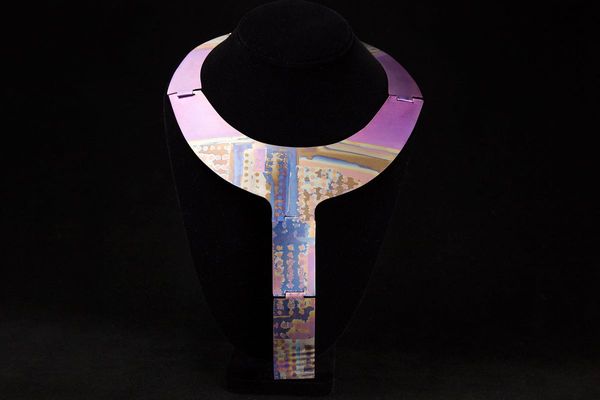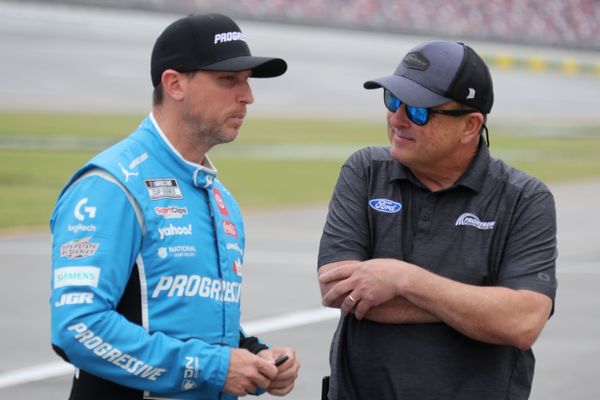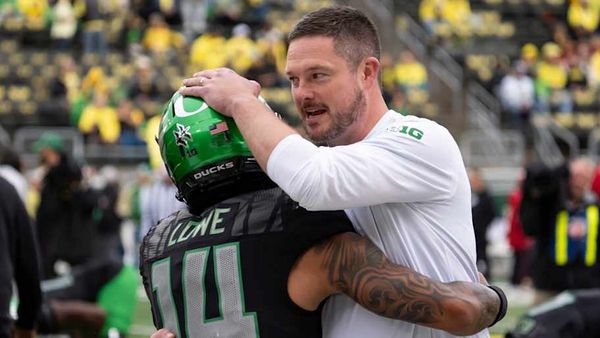
I may be a CEO now, but my executive path has had twists and turns. After launching products at Google and Android early in my career, I grew (quickly) into the role of chief product officer at a mobile startup (Tapjoy)—only to walk straight into what I often think of as my “700 days of failure.”
My success up until then convinced me I was ready. (Boy, was I wrong!) So, I worked hard and pushed every creative and strategic limit I had, and yet, I failed, what felt like daily, for two years straight. Fun, I know.
This was well over a decade ago, and I’m now comfortable to admit that I wasn’t ready to lead an organization of hundreds across engineering, product, and design. I struggled to lead effectively, but that challenging period became one of my most valuable experiences.
The lessons I learned from that windy stretch of road laid the groundwork for my journey to becoming a CEO, equipping me with the resilience and insight I needed to lead with confidence today. Let’s unpack how I got here.
Getting past imposter syndrome
First, let’s get this out of the way: I had an ego, and an unnecessarily large one at that. I often refer to the Dunning-Kruger effect when describing where I was early in my career. Having had a handful of successes under my belt, and initial respect from folks I looked up to, my brain connected some dots and made a wild assumption that I knew everything and was, in fact, an expert. And my ego? Inflated.
This lack of self-awareness—that I pawned off as not giving in to imposter syndrome—led me to be a poor leader for my team and a terrible partner to my peers. Thinking back on how I showed up to leadership meetings or operated my team makes me cringe.
It’s been a long time and I’ve served in multiple leadership positions since then, yet even after such time has passed, sharing these memories now, I can’t help but die a little inside. How I failed to trust my peers (experts in their own functions)—like when I openly challenged our CMO on rebranding our company, fighting so hard to keep an old logo and color because I was so attached to it. What did I actually know about brand and logo design? For what it’s worth, the new logo he created was fabulous and has held to this day. Worse, as the product leader, I didn’t partner with my go-to-market counterparts to incorporate their feedback on what they needed to sell and hit their numbers. Instead, I controlled the roadmap as if it were mine, and only mine. My inability to be a good partner led me to slowly alienate my colleagues, and ultimately it hurt the company.
An advisor (who was, in all likelihood, hired to stealthily coach me into being a better leader) provided thoughtful nudging and offered probing questions. But his ideas weren’t getting through. I can still remember a particular conversation because he paused, stared me in the face, and said, “This is all your fault.”
That woke me up. He then proceeded to break down every action I was taking and how it hurt the team and, ultimately, the business. He didn’t need to say it, but I knew we were facing problems because I was too busy blaming others as opposed to actually showing up as a teammate. I was too focused on other peoples’ flaws because it was easier than seeing my own. Funny how that happens.
Embarking on a personal rebuild
I eventually departed the company, realizing that there was still a lot of growing I needed to do before operating in a leadership role like that one. To walk away from what looked like massive success on the outside was terrifying. I remember the number of times I stared (for way too long) at my LinkedIn, debating how to update it, not sure how to frame the move or what to tell people who asked about it. Questions kept running through my mind. Would this tank my career? Would future potential employers see through this and know I was a fake? What would my friends think? It was even more terrifying to face my inner demons that took whatever ego I had and turned it into a pit of self-doubt, questioning my capabilities at every corner.
I went through a personal rebuild, honing my skills as a product manager, learning the ropes with my technical counterparts, and exploring all the other functions I had previously disregarded. I had to admit to myself that I was not ready for the role I had been in, and I simply needed experience and more exposure.
At a smaller startup, I got my hands on everything and got down to basics. More importantly, I was able to build understanding and empathy for all the professionals who did this work and see from a bird’s-eye view how it all fit together. Separately, I was able to look back in time and realize how much I took different people for granted and how valuable their contributions were to the organization.
As I put in reps, I found joy in winning as a team and accomplishing more together than anything I could have ever done as an individual. My hunger for career growth and job titles fell into the background, and I found freedom in the impact I could have as a team member.
There’s no ‘I’ in team
Together, we would charge forward on solving the biggest problems for our customers, with everyone bringing their unique talents to the table. And together, we’d unlock outcomes far greater than anything we could imagine. Understanding my role as a piece of the bigger puzzle gave me purpose, filling the hole my ego previously occupied.
With those shifts in motivation, paired with continuous curiosity about how I could continue to learn and grow, I naturally found my career progressing. (I never want to find myself on the front end of that Dunning-Kruger curve again.) The more I prioritized supporting the organization and being a valuable member of the team, the more I was thrust into bigger roles.
I carry this principle with me when I look to grow talent as well today. When I champion individual leaders for promotions or role expansions, I look for people who are prioritizing the mission, the customer, the company, and the team.
Looking back on my experiences, from being put into roles far ahead of when I was ready, failing to be a great teammate, and letting my ego get the better of me, I wouldn’t trade those experiences for anything. They shaped the leader I am today. They were painful in the moment, but lifelong lessons that ground me.
People often ask about my career journey—how I guided my path to where I am today. The truth is, I didn’t guide it. I found teams to be a part of, worked to create impact wherever I could, and found purpose in the problems I set out to solve. The CEO role became the destination, but it was ultimately the journey that defined how I got there.
The opinions expressed in Fortune.com commentary pieces are solely the views of their authors and do not necessarily reflect the opinions and beliefs of Fortune.
Read more:
- I had a VC-funded unicorn-in-the-making and I messed it up—here’s how
- Harness CEO: Forget time management—here’s how I stay productive while running 3 companies
- My tech startup failed due to 3 mistaken assumptions—entrepreneurs take note
- I’ve led multiple tech businesses. This is the biggest mistake startup leaders make
- How we built our bootstrapped startup different and sold it for $40M. (Hint: We ignored some myths)







